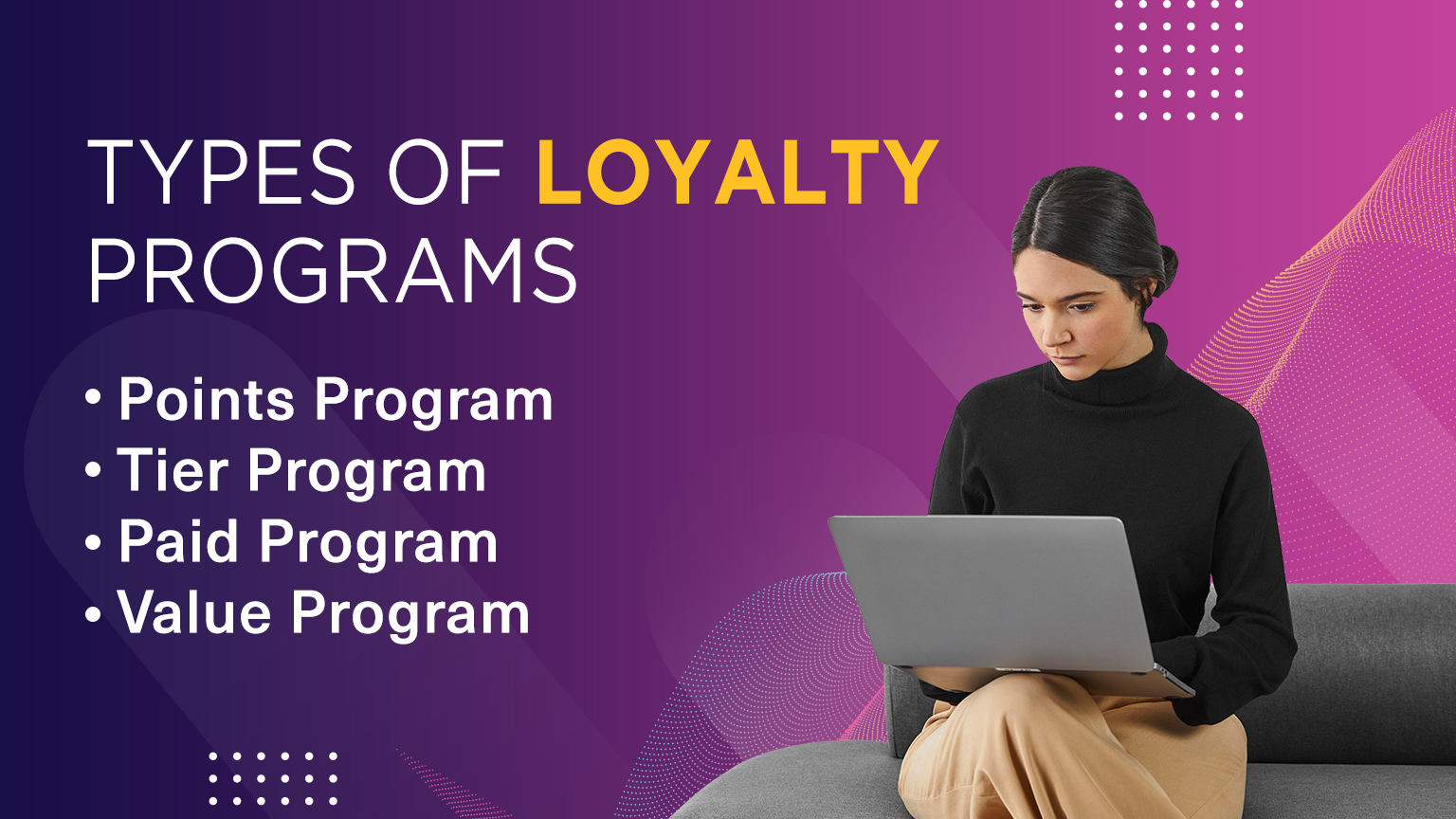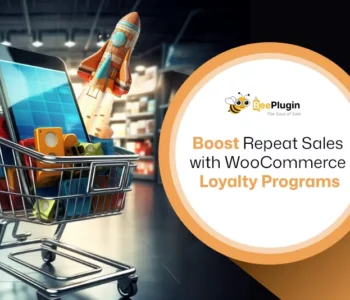Studies suggest that acquiring a new customer is five times more expensive than retaining existing customers. Loyalty rewards programs are revolutionizing businesses that want to increase customer retention and drive sales.
A strategic loyalty program can encourage repeat purchases and increase customer lifetime value and brand advocacy.
In this blog, we will also explore the benefits of loyalty programs and implement actionable strategies to maximize their effectiveness.
Why Loyalty Rewards Matter
Loyalty programs offer numerous benefits such as:
- Increased Customer Retention: Loyal customers are more likely to return and make repeat purchases.
- Higher Customer Lifetime Value (CLV): Encourage customers to stay with the brand for longer hours, this will improve the chances of a purchase.
- Boost in Revenue: Only a 5% increase in customer retention can boost profits by 25-95%.
- Word-of-Mouth Marketing: More satisfied customers become brand advocates, who will then refer new customers to the business.
- Stronger Brand Relationships: Personalized rewards can build emotional connections with customers.
Types of Loyalty Rewards Programs
1. Point-Based Programs
Customers can earn more points for each purchase which they can redeem in exchange for discounts or freebies.
2. Tiered Loyalty Programs
Customers can unlock various levels of rewards based on their spending.
3. Cashback Programs
Customers can also earn cashback or store credits based on their store spending.
4. Paid Membership Programs
Allow customers to get exclusive benefits and discounts by subscribing to programs.
5. Referral Programs
Give your customers rewards when they refer to their friends and family members.
6. Gamified Loyalty Programs
Allow customers to interact with your website with games such as spin-the-wheel, quizzes, and or milestone-based engagement.
How to Design an Effective Loyalty Rewards Program
1. Set Clear Goals
Before you launch a loyalty program you need to define your objectives. You need to boost customer retention, increase average order value as well as encourage word-of-mouth referrals.
2. Know Your Customers
Analyze customer data to understand purchase behaviors, preferences, and what motivates them to purchase. A strategic rewards program should appeal to your audience.
3. Offer Valuable Rewards
The best loyalty programs provide rewards that customers want.
- Discounts on future purchases
- Exclusive products or early access
- Personalized recommendations
4. Make It Easy to Join and Earn Rewards
Complicated sign-ups can discourage participation. A simplified process enables customers to:
- Sign-up via email or phone number
- Earn points through multiple actions
- Redeem rewards without restrictions
5. Leverage Omnichannel Engagement
Use omnichannel engagement so that customers can access and use the rewards across all channels such as online, in-store, or through mobile applications.
6. Personalize the Experience
Use customer data to customize rewards and various recommendations. This personalization can increase engagement and bolster brand value.
7. Promote Your Loyalty Program
A loyalty program is ineffective if customers don’t even know about it. You need to promote it using one of the following:
- Website banners and pop-ups
- Social media campaigns
- Email marketing
- In-store signage
8. Analyze and Optimize
Track key metrics such as customer retention rate, redemption rate, and customer lifetime value. You also need to keep optimizing these programs based on customer feedback and analytics.
Best Practices for Maximizing Sales with Loyalty Rewards
1. Encourage Higher Spending
Offer bonus points and various other customized discounts when customers reach a spending threshold. Such as “Get 20% OFF when you spend more than $200 on your next purchase.”
2. Create Limited-Time Promotions
Create urgency to drive more sales by providing time-sensitive rewards and double-point days.
3. Integrate Social Sharing
Encourage your customers to share rewards and referral links to get additional goodies.
4. Surprise and Delight Customers
Send rewards and discounts to your loyal customers to enhance the experience.
5. Use AI for Smart Recommendations
Suggest various personalized rewards depending on customers’ past purchases and behaviors.
6. Combine Loyalty with Subscription Services
Provide exclusive perks to subscribers by giving early access to new products and additional discounts.
Conclusion
A well-designed loyalty program can boost customer retention, increase revenue, and enhance brand advocacy.
Create a business program that aligns with your customer’s interests, provides valuable incentives, and encourages long-term engagement.
Implement the right strategy by optimizing how you strategize your rewards program. You can turn casual buyers into brand advocates by driving sustainable business growth.
FAQs
Q: How do loyalty programs increase sales?
Loyalty programs encourage repeat business, increase average order value, and enhance customer retention. This way you can provide exclusive rewards as well as motivate customers to keep purchasing more from your store instead of your competitors.
Q: What types of loyalty rewards work best?
The most effective loyalty rewards include discounts, cashback, and free products, as well as access to sales, personalized offers, and membership perks.
Q: How can small businesses implement a loyalty program?
Yes, small businesses can implement loyalty programs with simple point-based systems and various referral incentives. Various digital solutions like email rewards, mobile apps, and integration can make it easier to scale.


 Article
Article
 Infographic
Infographic
 Plugin Development
Plugin Development
 WordPress Development
WordPress Development
 WooCommerce Development
WooCommerce Development






